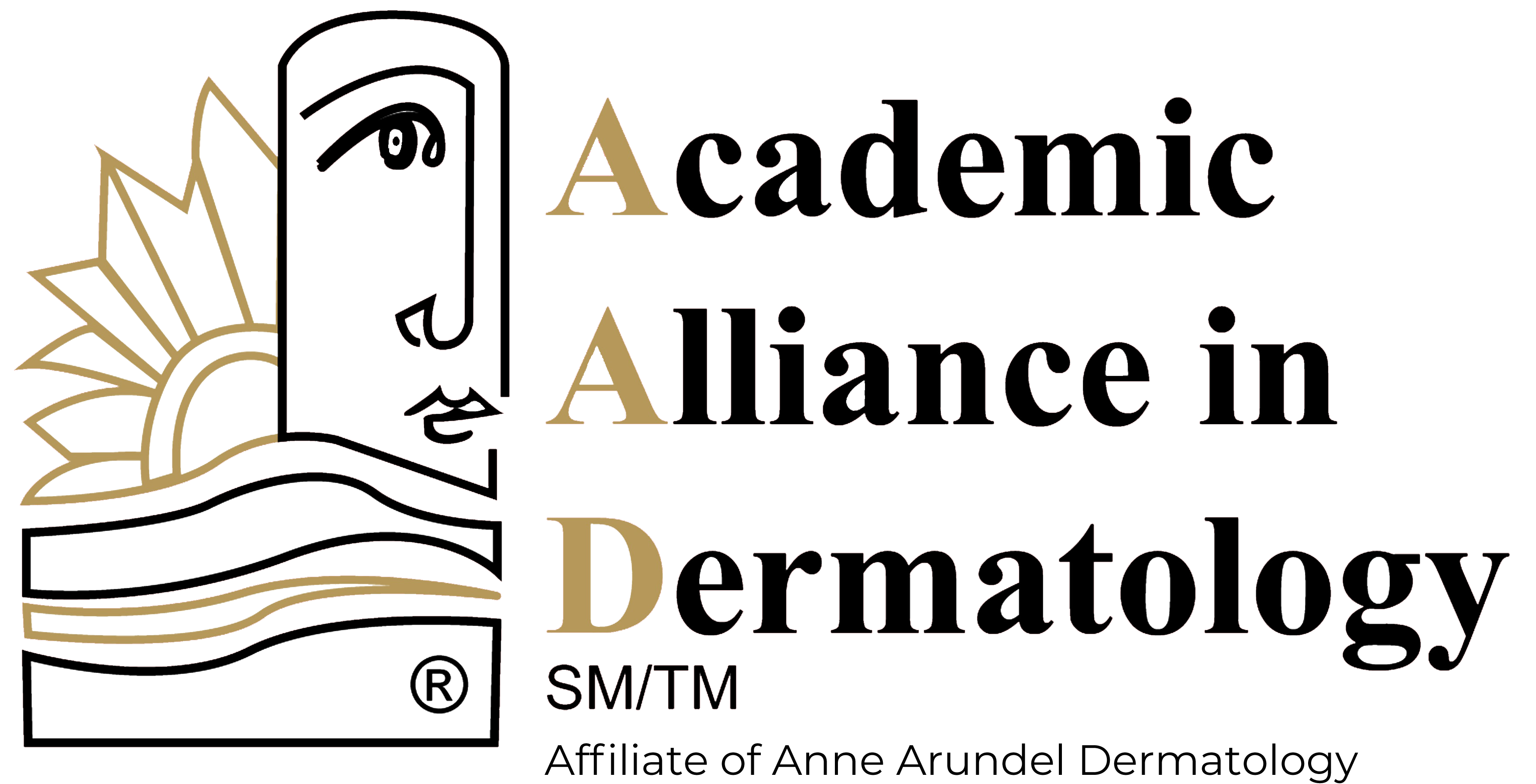Our ABCDEFGHI Melanoma Algorithm To Diagnose Early Melanomas
As one of the most common skin cancers, thousands of people are diagnosed with melanoma every year in the United States. Fortunately, melanoma has a 99% survival rate when diagnosed and treated early, which is why it is essential to visit a dermatologist at least once a year. At Academic Alliance in Dermatology (AAD), our dermatologists follow an alphabetical algorithm to help diagnose early melanomas.
Here is our ABCDEFGHI method:
A is for Analysis and Ancestry
At AAD, we analyze the whole patient based on their medical history and detailed family traits. Ideally, our team will conduct a four-generation family tree with branches focusing on all potential cancers, not just melanoma.
B is for Blade Biopsy
During your appointment at AAD, we will sample suspicious moles for various reasons, including:
- Establish the degree of atypia
- Examine the risk profile
- Explore phenotypes
At times, we may biopsy parents in homologous anatomic sites instead of their kids.
C is for Color and Co-malignancies
When examining your skin for melanoma, we don’t just look for black-colored moles, but we also search for any slight discolorations that appear:
- Red
- Slate blue
- Shiny, pearly pink
- Ash grey
- White
D is for Dermoscopy and Distribution
At AAD, we have established that certain body stripes, known as dermatomes or skin segments, are more susceptible to developing melanomas. This cutting-edge discovery by AAD was presented at the World Congress of Dermatology in Milan, Italy, in June 2019 and at the Pediatric Dermatology Research Association meeting in Chicago.
E is for Evolution and Embryology
Although believed to be caused by the sun, the left side of the body is more prone to melanoma due to embryologic considerations and maldevelopment.
F is for Funny-looking Moles and Family
AAD is one of the very few organizations around the world that are able to study up to four generations of family members on a large scale. Our team offers physicians who specialize in the following fields:
- Genetics
- Embryology
- Neonatology
- Pediatrics
- Dermatology
We have additionally observed some melanomas in the exact same anatomical site as other family members, which is a breakthrough in cancer research. This concept can also be seen in other organs, such as the gastrointestinal tract.
G is for Generations and Genetics
AAD recognizes that one gene may be responsible for several cancers across different organs, and multiple genes can lead to melanoma. Therefore, our practice studies information about family genetics across numerous generations and organs, creating a very detailed and in-depth family tree.
H is for History
Your medical history includes all aspects of your life, including:
- Personal
- Family
- Professional/Occupational
- Surgical
- Environmental
- Social
Every facet of your family’s past will also be evaluated and analyzed.
I is for Instinct and Intuition
The patient’s instincts, the doctor’s intuition, and family insight are all critical factors when reaching a diagnosis. Across the four decades our physicians have spent in extensive training and practical experience, they have honed their ability to look and listen. Beyond simply understanding algorithms and complex conditions, our physicians trust a patient’s instinct when something feels off. We listen to our patients to provide the best quality care for them.
Schedule Your Skin Check at AAD
The key to treating melanoma is early detection, which is why you should get your skin checked at least once a year at AAD. In addition to an annual visit with one of our dermatologists, remember to wear sunscreen every day and limit your sun exposure as much as possible. To learn more about how to care for your skin and prevent skin cancer, contact AAD today.
